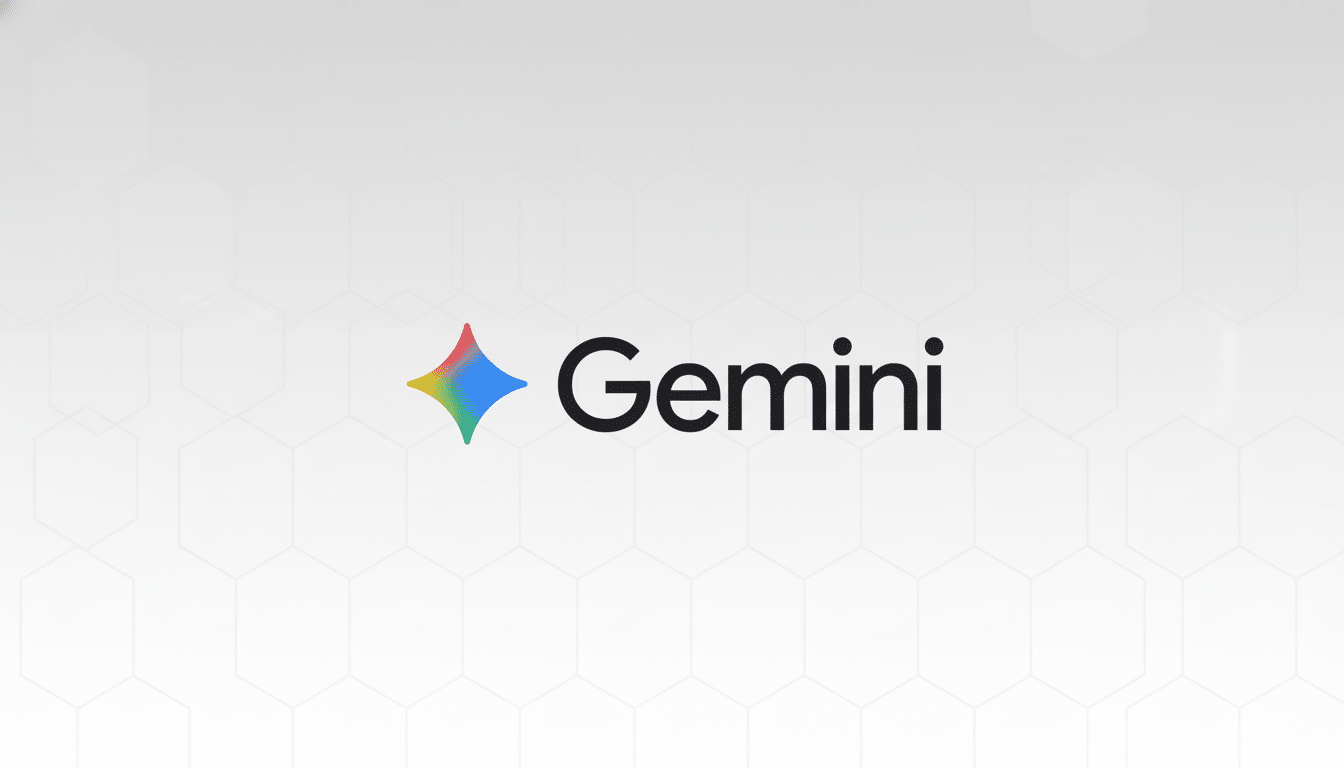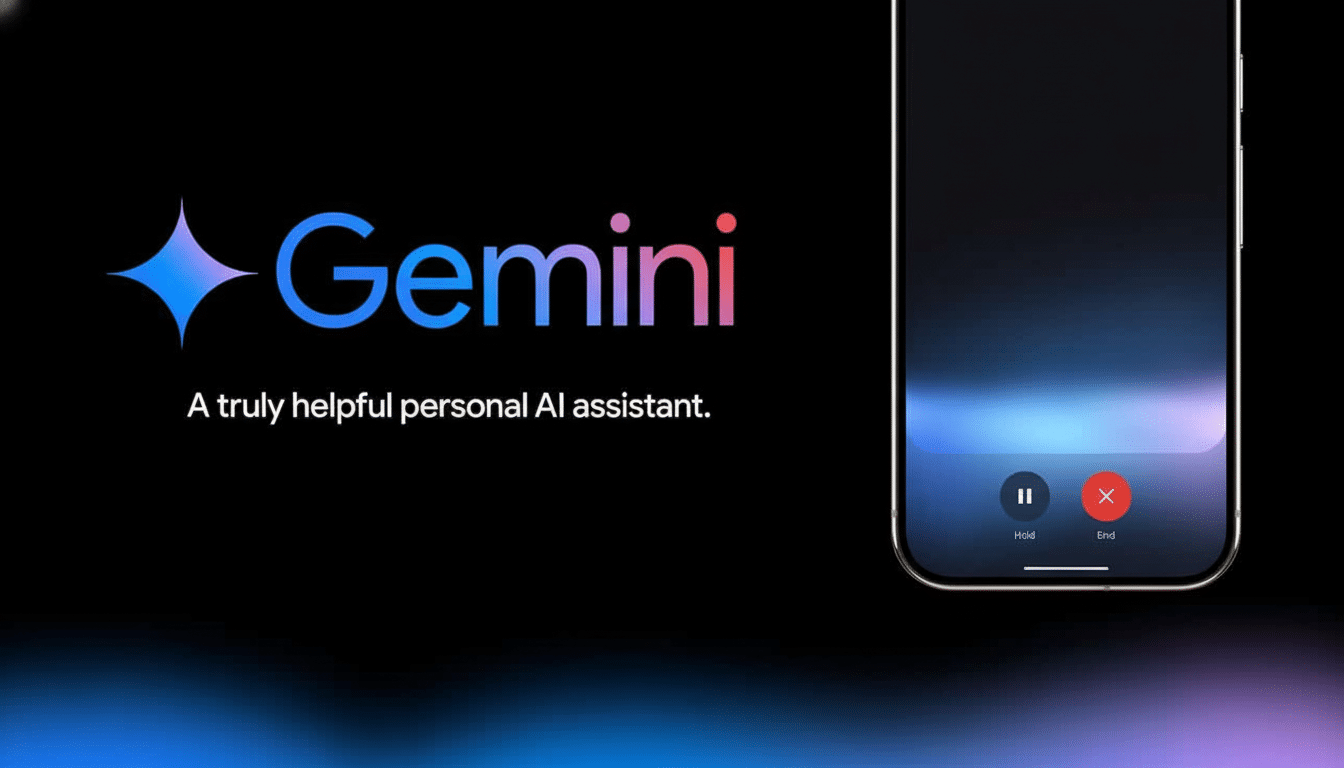Google has a quiet fix for one of the biggest complaints about any voice assistant: getting cut off if you pause. The company is preparing to release a new feature on its artificial intelligence-powered Assistant that lets you speak longer. Code strings spotted in version 16.42.61 of the Google app make reference to a new mic lock for Gemini that records or transmits audio until you disable it explicitly, as well as changes to how the floating Gemini overlay will look, along with a movable Gemini Live button.
Why a Mic Lock Is Important for Natural Voice Use
Anyone who writes longer prompts is familiar with the drill: pause or back up and try to change a word, and the assistant thinks you’ve finished. That interruption knocks you off your rhythm and nearly always compels you to begin anew. One that’s immediately solved by a mic lock, which allows you to speak at the pace of literal human speech without outrunning the silence timeout.

It’s more than convenience. Continuous listening mode makes that as effortless as possible for complex requests, whether you’re writing an email with caveats in mind or just brainstorming itinerary changes or talking through the various steps in a multi-step automation. It will also serve to benefit users who prefer slower speech or require pauses between phrases. The Smart Audio Report from NPR and Edison Research has consistently shown that more natural conversation is a big user expectation for voice tech — this feature takes aim at that.
How the New Listening Mode Works for Gemini Voice
Code strings suggest you will be able to long-press the mic icon in Gemini’s input box to lock it, as WhatsApp allows for locked voice notes. When activated, the icon apparently turns into a giant stop button. You could pause, reflect more, and go on talking without worrying about timeouts, then tap stop when you were done.
Gemini Live already lets you have more free-flowing conversations, but it’s in a separate overlay experience that you launch.
The new feature seems to work similarly to the standard Gemini voice input, which allows continuous dictation in the everyday, lightweight interface you get quickly via the Google app shortcut or keyboard mic.
Importantly, the lock mode only implies that control is explicit and local. Rather than being background “always listening,” it’s a conscious, session-based state that is immediately terminated when you tap stop — and consistent with Google’s approach of providing visual cues on screen when the microphone is in use.

UI Changes Coming to the Gemini Live Experience
Next to the mic lock, the app build tests a lightly adjusted version of the floating input box that expands when you begin typing. It echoes the fuller text field we’ve already got in the main Gemini interface on Android, which will hopefully make it easier to write and edit more verbose prompts without switching into full-screen mode.
And the floating button for Gemini Live will soon be able to move around more easily. Testers can apparently drag it to dock at any of six positions: left or right, the top, middle, or bottom of the screen. That’s not quite full free-form placement, but those docking points help ensure the button isn’t in the way of app controls, status gestures, and in-app keyboards — particularly useful on big phones and foldables.
The small snap grid suggests these changes are far from final. It’s a smart middle-of-the-road approach for now, striking a balance of freedom and predictable ergonomics while Google tracks how users actually use the feature in real life.
What the New Mic Lock Could Mean for Voice AI
Natural turn-taking is the next frontier for assistants. OpenAI’s voice mode is sensitive to pauses, and platform players in an open field are racing to deliver free-form, multi-turn experiences that feel conversational instead of transactional. A mic lock is a low-friction means for Gemini to adapt to users in medias res — talking through hard problems, editing part-way into a sentence, and interleaving silence with speech.
The payoff is practical. Listening continuously can improve tasks such as hands-busy cooking, repairs, or driving, and it makes brainstorming with an AI model less brittle. For power users, it could mean the difference between quitting voice after experiencing one more egregious cutoff and making it a part of their daily routine for drafting, summarizing, or coding guidance.
As with all features found in app builds, the timelines are far from confirmed and the plans can change. There is no official word from Google on the mic lock or UI tweaks, and not all tested features make it into the software. But as a whole, the experiments are signaling one clear priority: make Gemini less like a walkie-talkie and more like a patient conversational partner.

